History of Wimberley
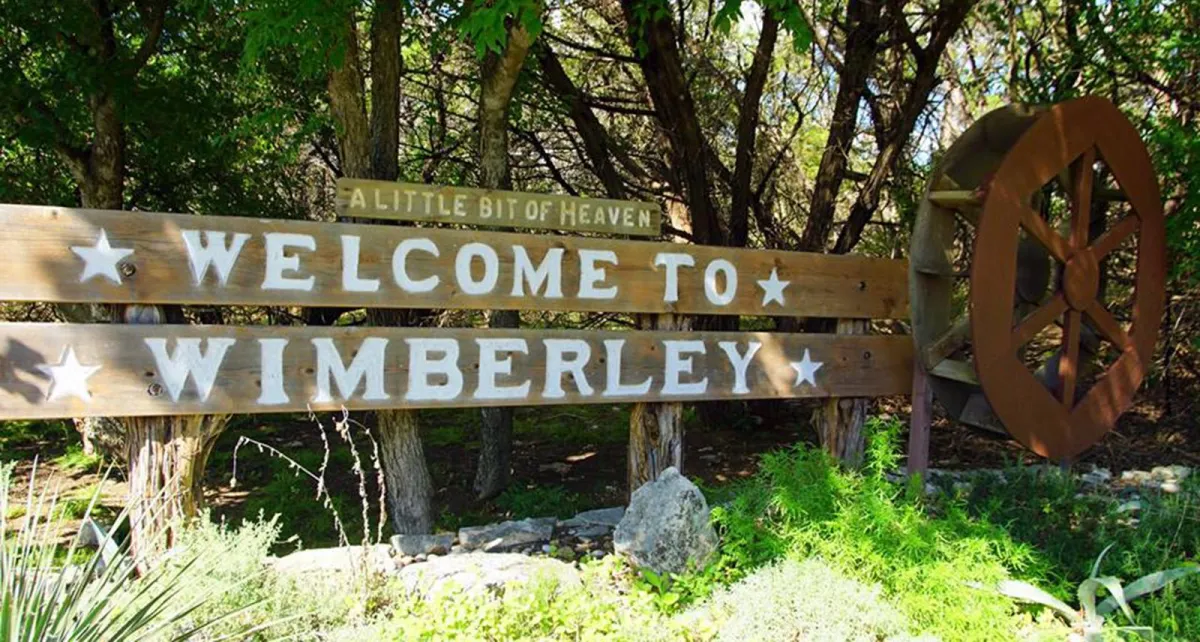
The first Wimberley people were semi-nomadic folks roaming the Texas Hill Country, camping along the rivers and hunting deer and buffalo. We find their history in the many arrow heads, stone tools, and other artifacts that were left behind.
The first written and remembered history of Wimberley came in the 1800s. After Texas received statehood in 1845, the population of Central Texas began to grow. People were attracted to the land surrounding Wimberley and in the rest of Texas because of its many springs, its beauty and its availability. Many of the earliest settlers came as veterans of the Battle of San Jacinto armed with land grants. San Marcos, just 15 miles away claimed 400 citizens by 1846, and Wimberley bore the name Glendale. It was a small community of hardy pioneers.
But those early settlers, accustomed to freedom and their own way of doing things, must have felt they found a special haven in the valley. It was in this beauty that William C. Winters, a San Jacinto veteran, settled his family in the early 1850s. Winters built a saw mill powered by Cypress Creek and later added a grist mill. The two mills served the community for miles around, and Glendale became Winters’ Mill..
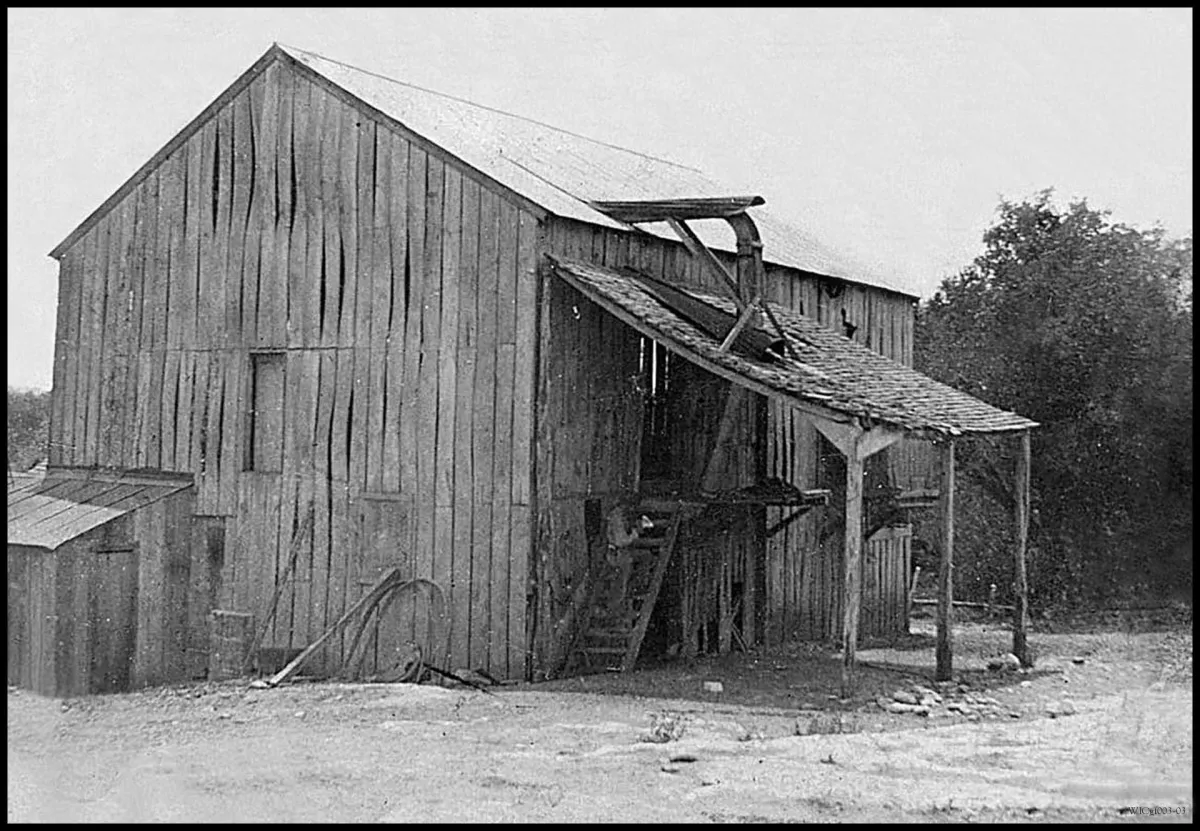
Winters’ Mill lay in a secluded valley but not an isolated one. When the Civil War raged through the South, the community contributed to the Confederacy’s efforts by making charcoal on the banks of the Blanco and by hauling tons of bat guano from local caves and packing it, along with the charcoal, on mules to Austin. Potassium nitrate was extracted from the guano and mixed with other ingredients to make gun powder for the Confederate Army.
Winters died in 1864, and his mill complex was passed down to John Cude, his son-in-law. Cude rebuilt the mill which had been flood damaged, and the settlement became known as Cude’s Mill.
In the 1870s, Pleasant Wimberley moved with his family from Blanco County to Cude’s Mill. “Old Man Pleas” as he was called, was a generous man. He has been described as one of Wimberley’s first nonprofit organizations as he failed to notice when some of the poorer folks in town helped themselves to the mill’s toll box. He contributed to the community’s schools and churches.
When Wimberley bought the mill from Cude, the town changed its name again to Wimberley’s Mill. In 1880, the name “Wimberleyville” was submitted to the post office which dropped the “ville” from the name, and the town became Wimberley. By the time Pleasant acquired the business, the mills had grown to include a grist mill, a buhrstone flour mill, a saw mill, and a shingle mill. Wimberley later added a cotton gin. The mills were passed down through the Wimberley family and sold to John Will Pyland, an in-law, in 1907. By 1912, the creek could no longer power the mill and Hick Wimberley installed a 20 horsepower engine. The mill ceased operation in 1925.
Historical Locations in Wimberley, Texas . . .
The Winters Wimberley House
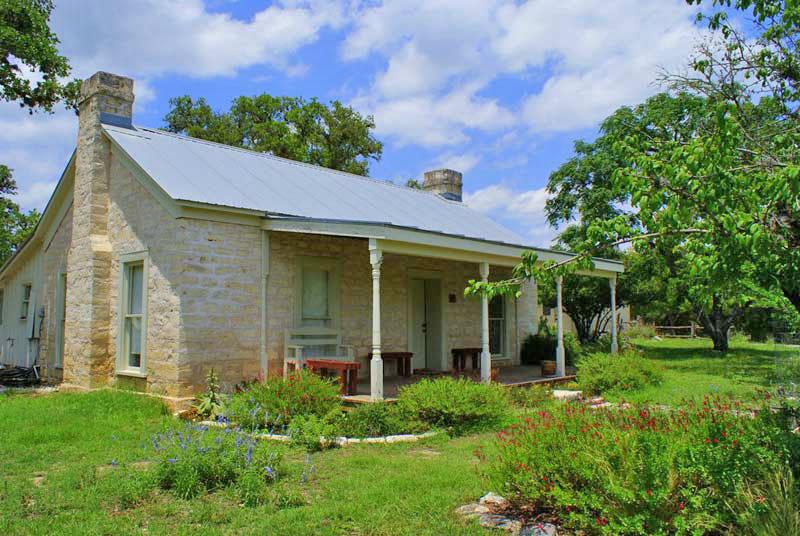
The village’s oldest documented stone house, the Winters-Wimberley House provided a home for both Winters and future millers. Winters chose a home site on a limestone promontory that rose high above the creek within view of the mill below. It is a simple, though substantial, rectangular limestone dwelling with a near-symmetrical, 3-bay primary facade.
John Henry Saunders Store
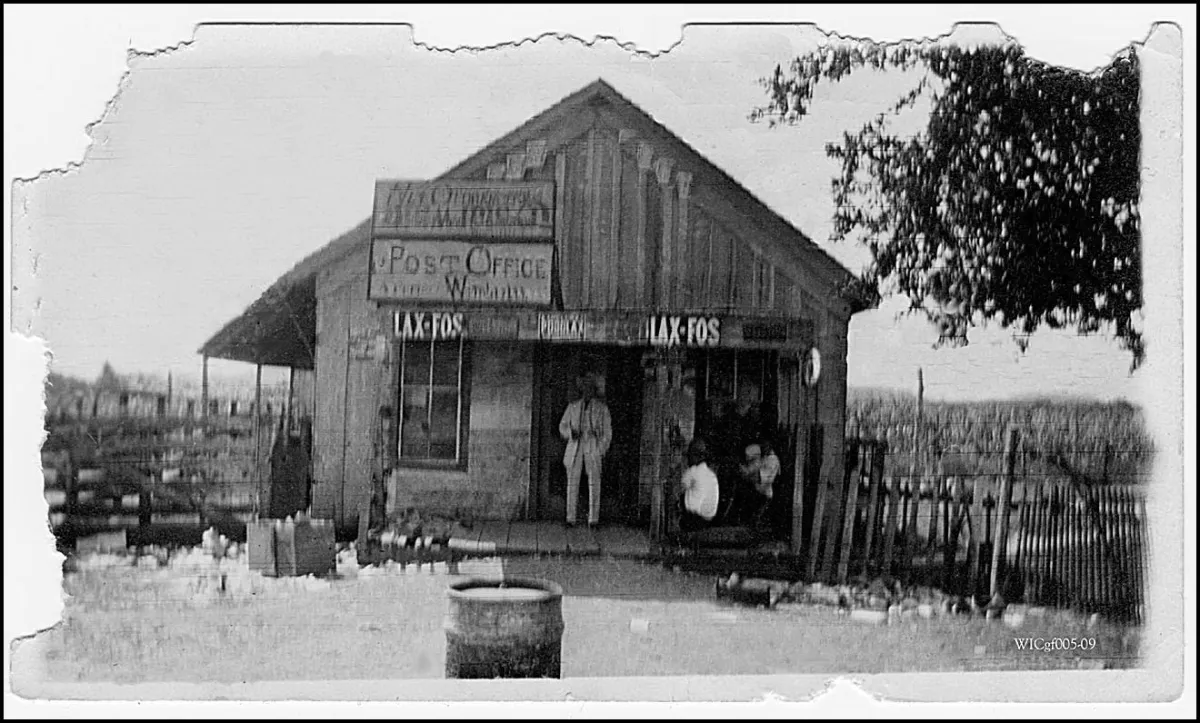
In 1888 Saunders purchased the frame store on this site from J.P. Laney . He built the present building in 1890 from stone quarried on the Blanco River. The date of 1890 and the initials “JHS” appear on the left side of the building above the porch roof. The store also housed the post office until the 1930s. The building burned in 1939, but the stone walls remained intact.
John Henry Saunders Homestead
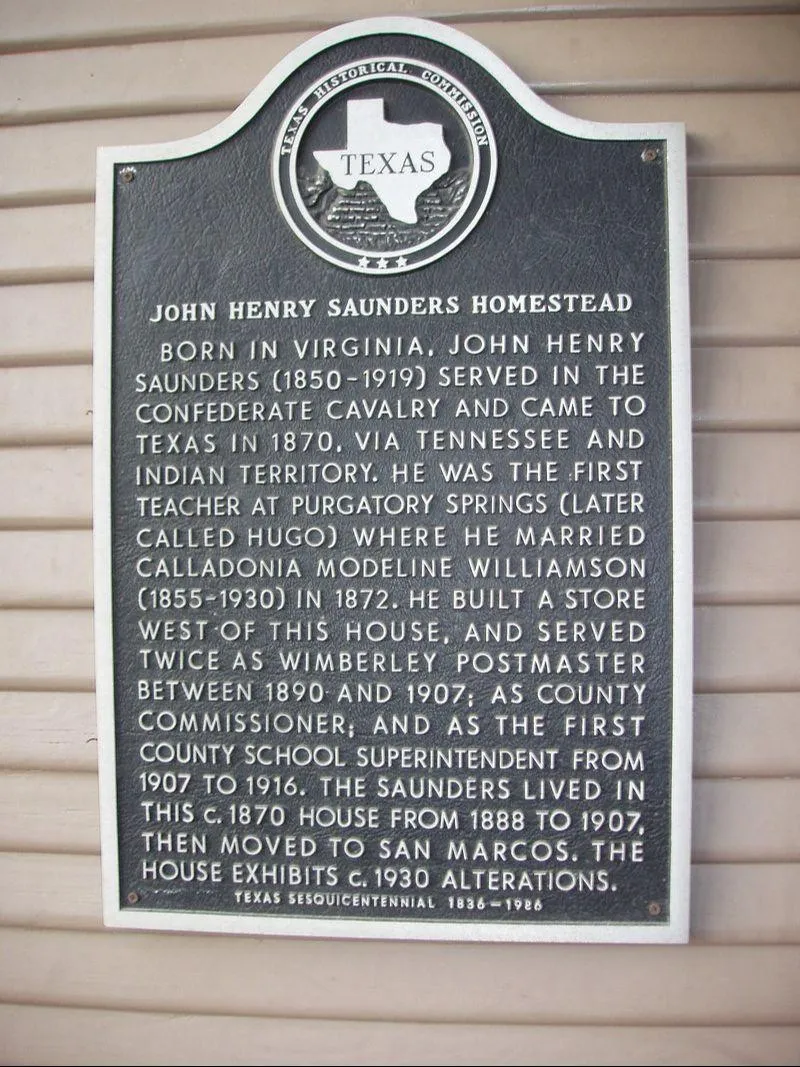
This frame house reflects the Greek Revival style used in Texas in the 1870s and is constructed of native Cypress and black walnut. John Henry, his wife Callie and their 13 children lived here until 1903. Saunders served the village as teacher, postmaster, merchant, county school superintendent and commissioner. Allen D’Spain and his family later occupied the house. This is the oldest structure on the Wimberley “square”
John R. Dobie House
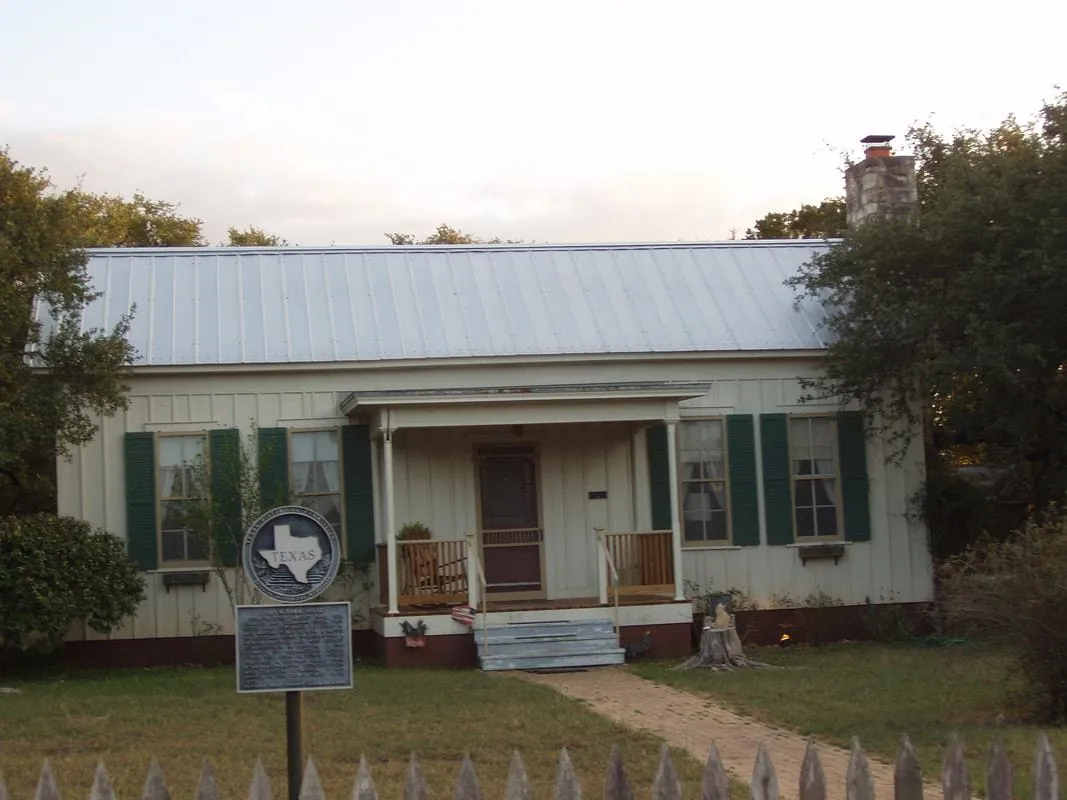
Constructed about 1892 for Charles and Susannah Cock, this house was purchased by John R. and Martha Dobie (1849-1924) was a farmer, rancher, and Hays County Commissioner in 1877-98. A fine example of vernacular house types. The John R. Dobie House features a central hall plan board-and-batten construction and classical detailing it remained in the Dobie-family until 1977. (1990)
Wimberley's Mill
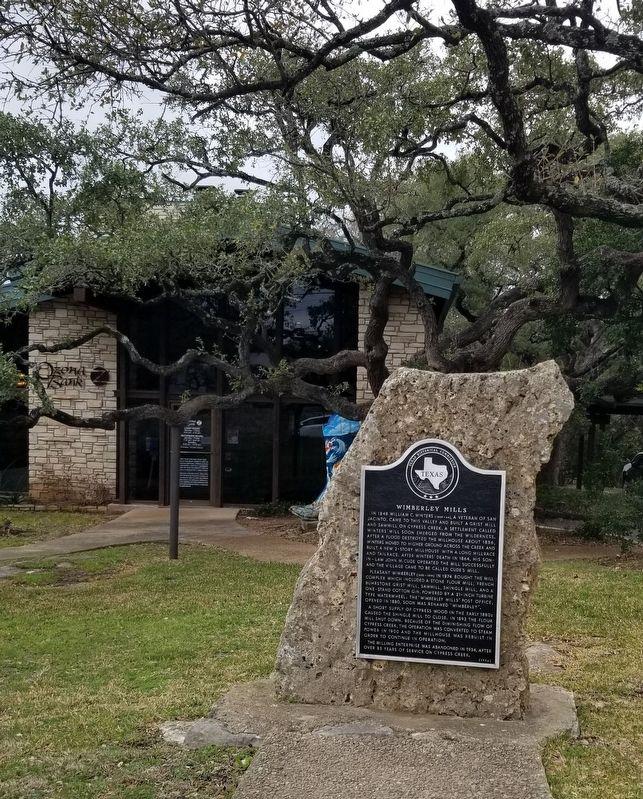
The mill of many names that sat on the banks on the cypress river. The location is now occupied by Ozona bank but you can still visit the Texas historical marker!
Pyland Blacksmith Shop
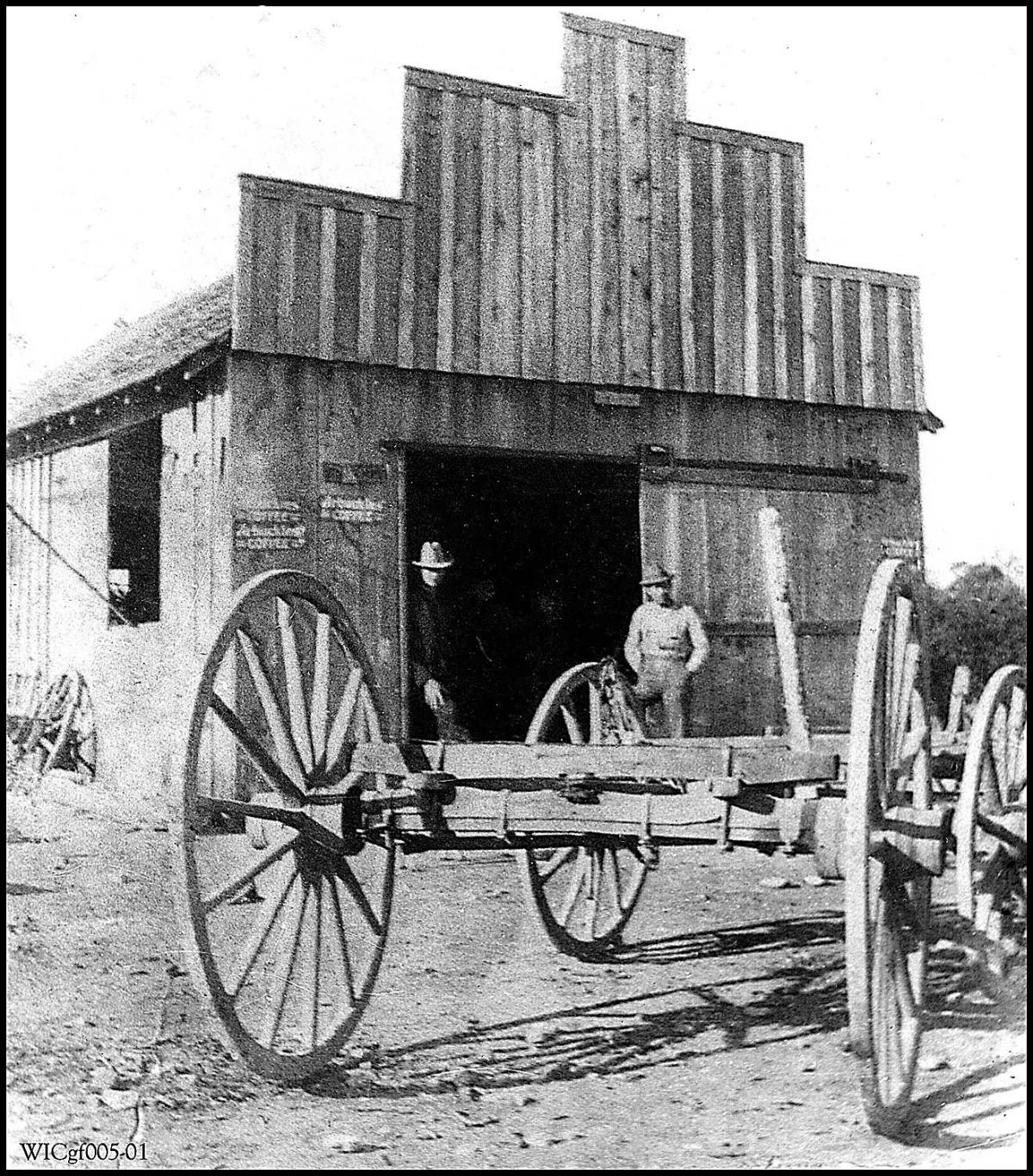
Built in 1895 by Sidney Jordan Pyland (1875-1953) the blacksmith shop provided the hub of business activity on the square. In 1897, Pyland married Nellie Ann Wimberley, daughter of mill owner Zachary Wimberley. In 1910, Sidney Pyland moved the entire blacksmith shop to San Marcos. The site of the Pyland Blacksmith Shop is now occupied by the Wimberley Cafe and several locally owned retail shops.
James C. Lane house
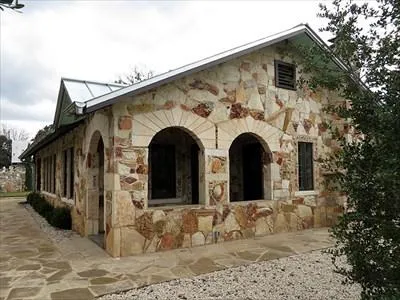
Wimberley builder James Calvin Lane (1902-1976) built this home in 1935 adjacent to a café operated by his wife, Rebecca (Cobb). Lane later built a two-story home and a larger café in the same style on nearby property on the square. Rebecca operated Wimberley’s first telephone switchboard in the home’s living room. The couple sold the home to educator Susie Danforth in 1938. The front-gabled craftsman style home is notable for its “giraffe rock” exterior, a rare style in the Texas hill country. Native rock and poured concrete is embellished with smaller decorations such as petrified wood, decorative rock and fossils.
***Only works on desktop***
The Wimberley Square
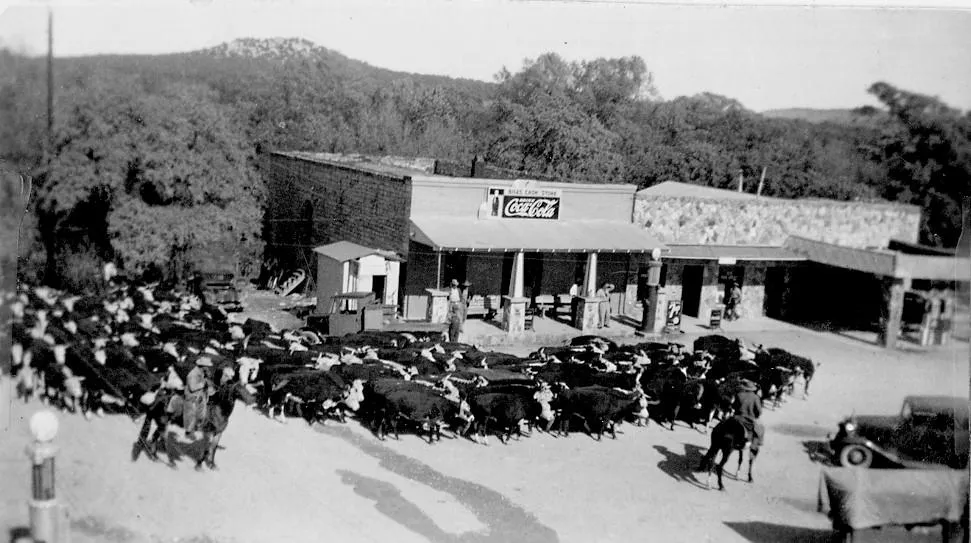
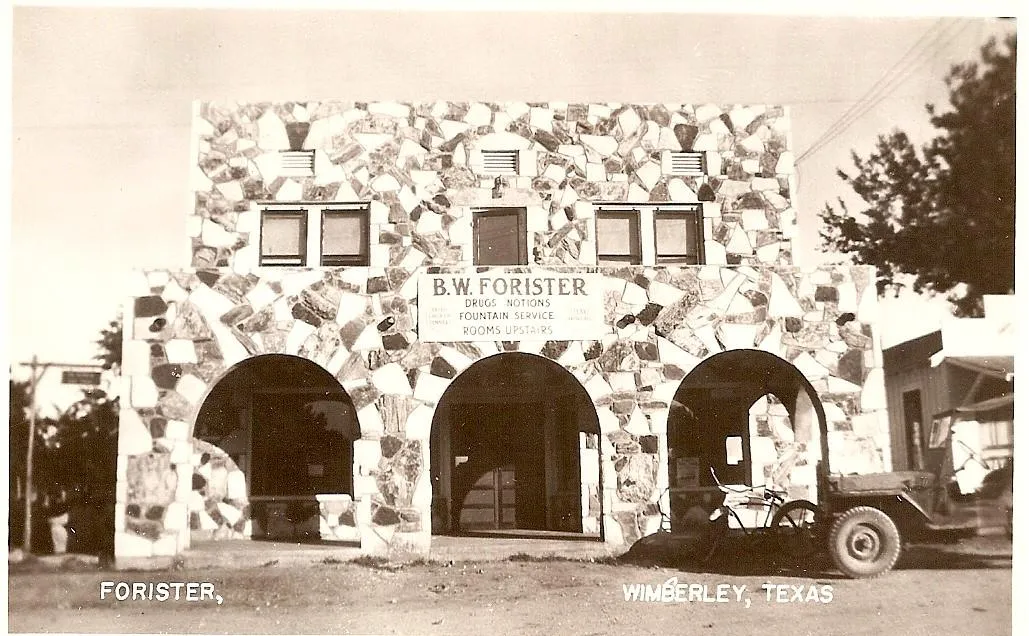
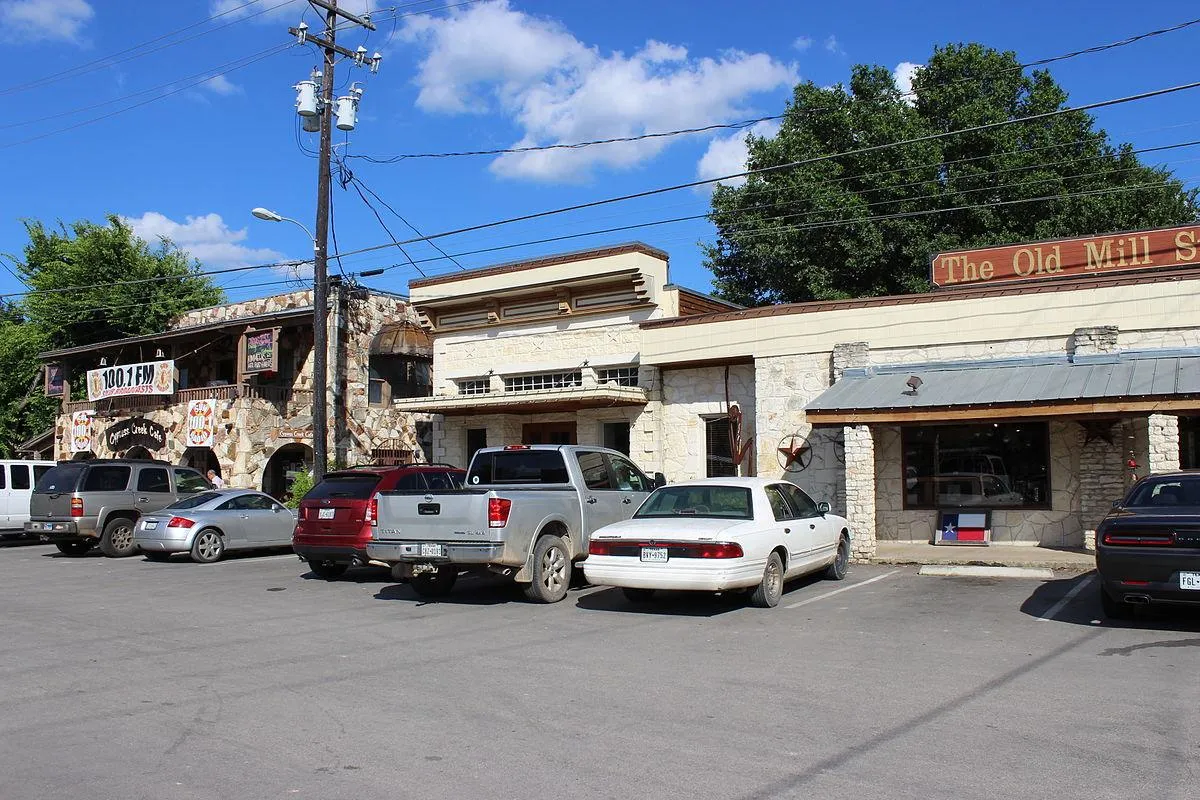
The square located in down town Wimberley has been drawing people into Wimberley for YEARS. Featuring local shops, local restaurants, live music, bars, wine tasting spots, and an absolutely beautiful view of Cypress Creek it is a can't miss for anyone visiting Wimberley.
Disclaimer: The above information was pulled from various sources but specifically includes snippets and images from the following:
https://www.wimwic.org/historical-photo-archives/
https://wimberley.org/visit/wimberley-history/
We cannot and will not take full credit for the information. For more information or to see more images please go to the listed sites!
Want to move to Wimberley, Texas?
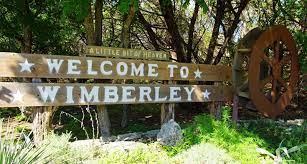
Interested in moving to Wimberley, Texas? We can match you with a top rated real estate agent who knows the area and have them forward you listings that meet your criteria!
All Rights Reserved to Becoming The Big Me. Built by Djemilah Birnie
